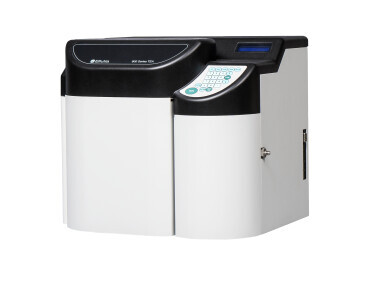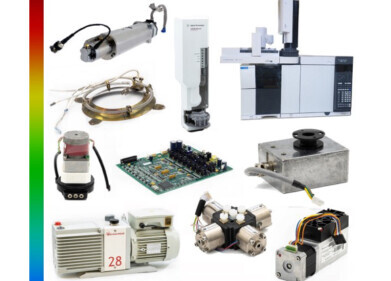Chromatography
How Can Nanomotors Help Fight Cancer?
Oct 10 2020
In a breakthrough for cancer research, an interdisciplinary team from the Indian Institute of Science (IISc) has developed a new technique to infiltrate the microenvironments of cancer cells and detect malignant activity. Fronted by researchers from the Centre for Nano Science and Engineering (CeNSE) and Department of Molecular Reproduction, Development and Genetics (MRDG), the project saw the team use an armada of magnetically driven nanomotors to probe the microenvironment of a three-dimensional breast cancer tumour model.
Steering helical nanomotors
The study was published in the journal Angewandte Chemie, with the team explaining how an external magnetic field was used to steer helical nanomotors through the tumour model to map the cellular environment and record changes. Co-first author of the study Debayan Dasgupta says the new method could revolutionise the way cancer cells are targeted. “We tried driving the nanomotors toward cancer cells in a tumour model and observed them getting stuck to the matrix near cancer cells, but this was not observed near normal cells," says Dasgupta.
Understanding the extracellular matrix
In healthy microenvironments, living cells secrete a complex three-dimensional network of proteins and carbohydrates into their localities. This network is known as the extracellular matrix (ECM) and can be degraded when cancerous cells secrete toxic material. During the study, the team noticed nanomotors formed stronger bonds with the ECMs of cancer cells. The team measured the strength of the bonds by recording the level of magnetic field strength needed to disrupt the bond and move the nanomotors forward. For Dasgupta and the team, understanding how malignant cells interact with the ECM could unlock new insight into how cancers spread.
“This means that the cancer cells are doing something. So, we did some measurements and discovered that it [the adhesive force] depended on the type of cells, the strength of interaction and also which side of the cell the nanomotor approached," says Ambarish Ghosh, co senior authors of the study and an Associate Professor at CeNSE. “In the end, we really ended up discovering a physical property of an important biological environment.”
Protecting nanomotors
The team assert nanomotors form stronger bonds with cancer cells because of their highly charged ECMs which are rich in a sugar-conjugated molecule know as 2,3-linked sialic acid. To weaken the bonds the team used a fluorinated alkyl silane called Perfluorooctyltriethoxysilane (PFO) to coat the nanomotors in a defensive shield and protect them from the charged environment.
“What came as a beautiful surprise was that within such a milieu, we found that aggressive cancer cells ended up remodelling their surroundings by making them stickier, and richer in specific charged sugars," says Ramray Bhat, co senior author of the study and an Assistant Professor at MRDG. "This charging can potentially be used to target and kill tiny populations of cancer cells hidden among their normal counterparts, for which we are extending these studies to living animals."
Find out more about the latest scientific breakthroughs in ‘How a Chromatographic Method is More Than a Separation’ which highlights the critical stages of purpose, planning and parameter selection.
Digital Edition
Lab Asia 31.2 April 2024
April 2024
In This Edition Chromatography Articles - Approaches to troubleshooting an SPE method for the analysis of oligonucleotides (pt i) - High-precision liquid flow processes demand full fluidic c...
View all digital editions
Events
Apr 28 2024 Montreal, Quebec, Canada
May 05 2024 Seville, Spain
InformEx Zone at CPhl North America
May 07 2024 Pennsylvania, PA, USA
May 14 2024 Oklahoma City, OK, USA
May 15 2024 Birmingham, UK






.jpg)











